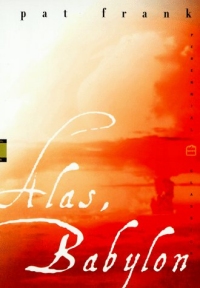True story. Happened yesterday. See, the hash browns can come plain -- just scattered -- or with add-ins, as many as you want. Maybe that's a factorial, it was suggested. Actually, the equation should be 2 to the power of x (with x being the number of add-ins), said the math whiz. Before anyone loses another minute of sleep, here are the facts, straight from the House's mouth:

What the menu claims: 1,572,864 waysYou can also order plain hash browns, a.k.a. Scattered, or get them "Scattered All the Way" with all the fixin's.
Variable one: number of sizes: 3
[Regular, Large, or Triple]
Variable two: number of add-ins: 7
[Smothered, Covered, Chunked**, Topped, Diced, Peppered, and Capped]
Which equation do I choose? Let's give those math skills a try and start with a simpler problem. Say we could start with 1 size and 3 verbs. We'll Smother, Cover, and Chunk our hash browns. Or Smother and Cover. Or Cover and Chunk. Or Smother and Chunk. Maybe just Smother, Cover, or Chunk independently. Or... plain! So we have 8 ways to eat them: one set of 0, three sets of 1, two sets of 2, and one set of 3. If we try 3! (that's a factorial) we get 6 (1 times 2 times 3). If we go 2^x, x=3, we get 8. But I just threw in the plain option at the last minute... is that really the answer?
More ambitious now; 5 add-ins, still 1 size plate. One set of 0 (for plain Scattered), five sets of 1, ten sets of 2, ten sets of 3, five sets of 4, and one set of 5. That's 32 breakfasts. But 5! equals 96; far off the mark. 2^5 results in 32. Houston, we have a winner!
Therefore, 2^7 for seven total add-ins comes to 128 within the regular size. Since there are three sizes, which are mutually exclusive, we just multiply by 3. And plain's already in there, as I just proved.
Waffle House says 1,572,864. This blog reports 384 ways. But I digress; we go to Waffle House for greasy food, not fuzzy math.
*Title of a Hootie & The Blowfish*** compilation. That means they like their browns with onions and cheese.
**Chunked=with ham in Waffle House lingo. Blogger, for some reason, doesn't think it's a word.
***The band's named for two of the members' friends. I just learned, just now, that "the Blowfish" refers to only one person.






